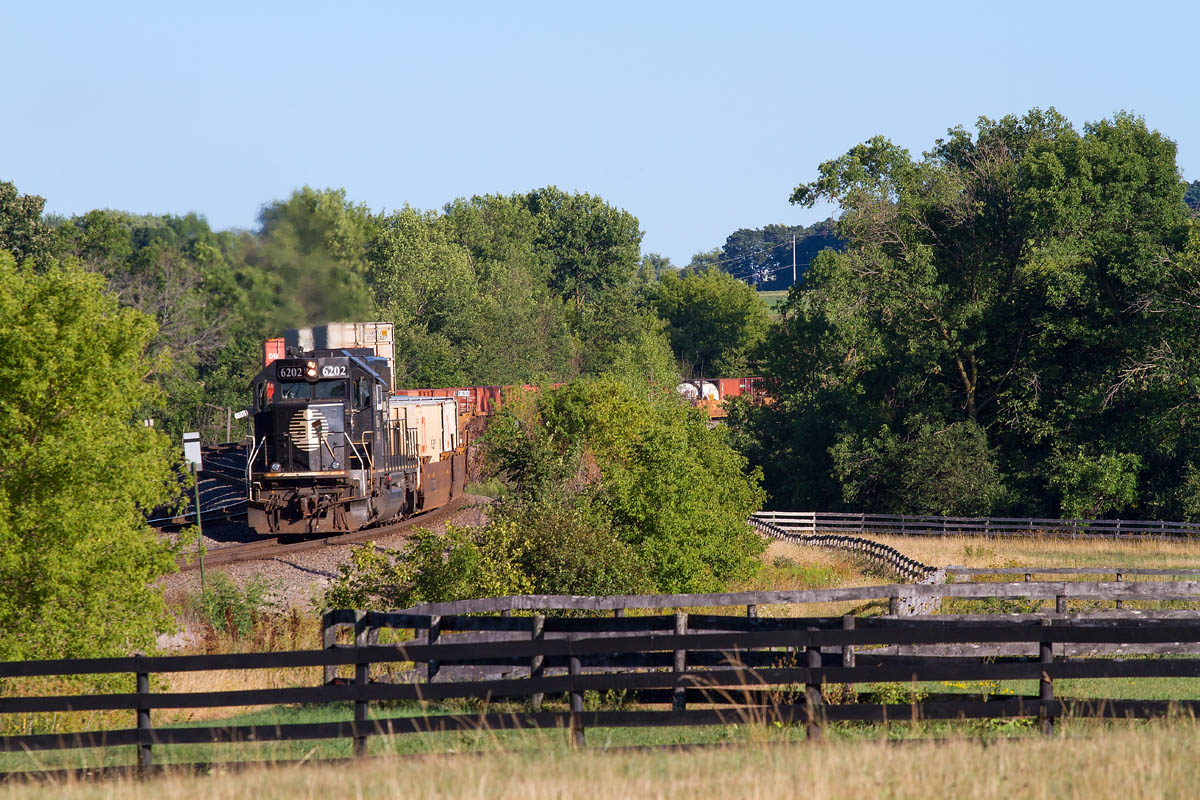A In manned helper service, such as exists on Canadian National’s Waukesha Subdivision between Fond du Lac, Wis., and Chicago, railroaders communicate throttle positions via radio until they are both in notch 8, or full power. At the crest of the hill, the helper engineer will tell the head-end engineer when the helper units are backing off the throttle until they are shut off completely. If a Helper Link-equipped engine is used for the helper, the lead engineer will hold his speed to around 25 mph to allow the helper to cut off on the fly south of the Byron control point.
If a Helper Link engine is not used, the helper engineer will tell the lead engineer when he can stop the train to allow the helper to manually cut himself off the train once it has come to a stop. The lead engineer can only presume the helper engine is loading correctly and producing maximum amperage for that engine and it’s doing all it can to shove the train up the hill.
However, with distributed power, manned helper operations are somewhat rare. In distributed service, where the lead engine controls both sets of power, a computer display will tell the engineer how the remote engines are loading and the force they are creating in assisting in moving the train. – Art Schiller, a Chicago locomotive engineer















The railroad still needs the human side on the pusher. Just like the railroad needs two engineers on all Amtack trains, PTC or not. The computers are a good thing a must but the human side needs to be there in switching, pushing, running from point A to B and so on. Like who is going to fix a pull a part, not bye yourself? I’m retired from the railroad after 38 years and no one in this industry does not need to be out there alone. Period.